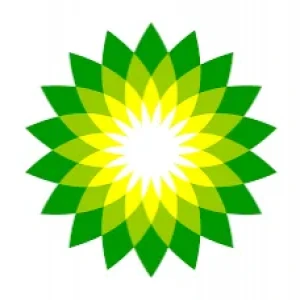 Welcome
Welcome
“May all be happy, may all be healed, may all be at peace and may no one ever suffer."
- A
- B
- C
- D
- E
- F
- G
- H
- I
- J
- K
- L
- M
- N
- O
- P
- Q
- R
- S
- T
- U
- V
- W
- X
- Y
- Z
Acute agitation - Generics
Acute agitation is a state of extreme restlessness, irritability, and excitement that can be accompanied by aggressive or violent behavior. Acute agitation can be caused by various factors, including drug intoxication or withdrawal, psychiatric disorders, or physical illness.
Acute agitation is a medical emergency and requires prompt evaluation and management to prevent harm to the individual and those around them. The first step in managing acute agitation is to ensure the safety of the patient and those in the surrounding area. This may involve moving the patient to a safe, quiet room or area away from others.
The underlying cause of acute agitation should be identified and treated if possible. For example, if drug intoxication or withdrawal is suspected, the patient may require supportive care, such as fluid replacement, monitoring of vital signs, and medications to manage withdrawal symptoms. If a psychiatric disorder is suspected, the patient may require medications and/or behavioral therapy.
In addition to treating the underlying cause of acute agitation, medications may be used to manage symptoms. These medications may include benzodiazepines, antipsychotics, or other sedative medications. The choice of medication will depend on the cause of the agitation and the individual patient's medical history.
It is important to approach individuals experiencing acute agitation with empathy and understanding, and to use nonviolent crisis intervention techniques when possible. These techniques may include verbal de-escalation, distraction, or physical interventions such as restraint or seclusion as a last resort.
Following an episode of acute agitation, the patient should be closely monitored for potential complications and referred for appropriate follow-up care, such as counseling or treatment for any underlying medical or psychiatric conditions.
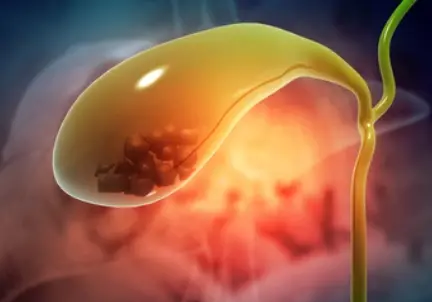
Cholecystitis

COPD
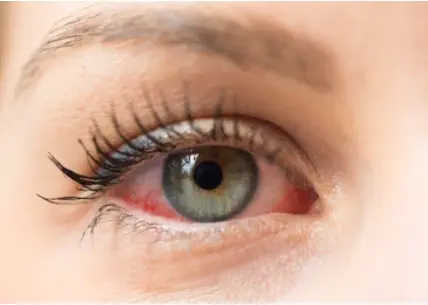
Flatulence
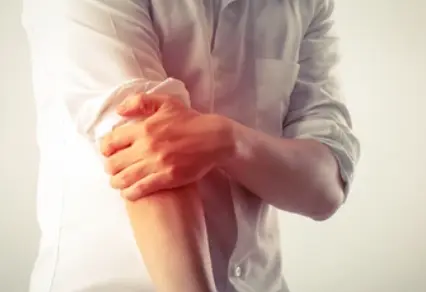
Pain and inflammation
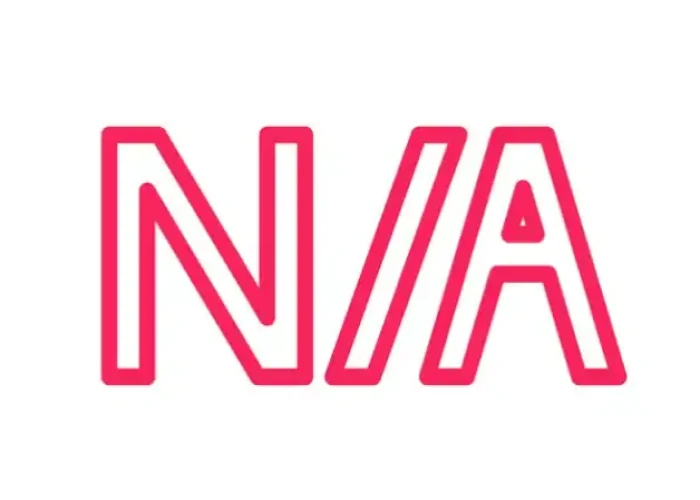
N/A
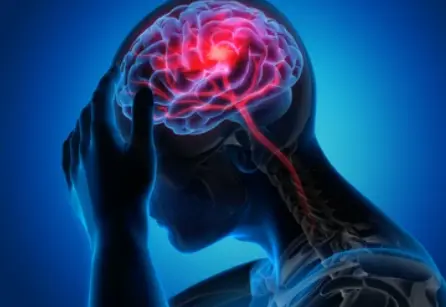
Brain abscesses

Iritis and iridocyclitis

Intermittent angioneuroti...
Acute agitation, তীব্র আন্দোলন
To be happy, beautiful, healthy, wealthy, hale and long-lived stay with DM3S.